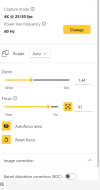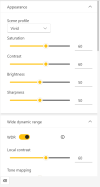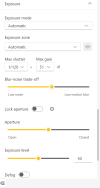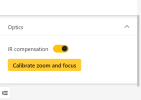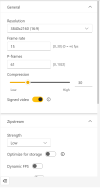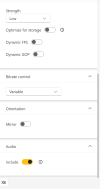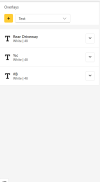I have an existing Blue Iris installation with several Dahua 5442 cams, but I'm completely new to Axis cameras. I bought a P1468-LE because I wanted to play with a 8MP cam with 1/1.2" sensor. Unfortunately Dahua still isn't offering such a camera.
During the initial setup process within Blue Iris I switched "Make" from "Generic/ONVIF" to "Axis" and "Model" to "*M/P/Q series H.264". The video stream works great, but that's also the only thing that is working for me now.
My questions:
Thanks!
During the initial setup process within Blue Iris I switched "Make" from "Generic/ONVIF" to "Axis" and "Model" to "*M/P/Q series H.264". The video stream works great, but that's also the only thing that is working for me now.
My questions:
- What is the best way to set up motion detections like Dahua's IVS with filter for Human and Vehicle objects?
- How do I need to configure the cam/BI for BI to properly process any motion detections by the cam?
- Any recommendations on video stream settings? I currently still have it on default video settings, but I'm sure there are some best practices for Axis cams on improving video quality, night performance, etc
Thanks!


